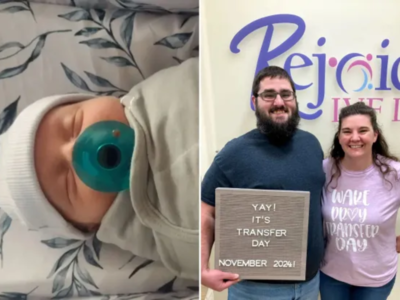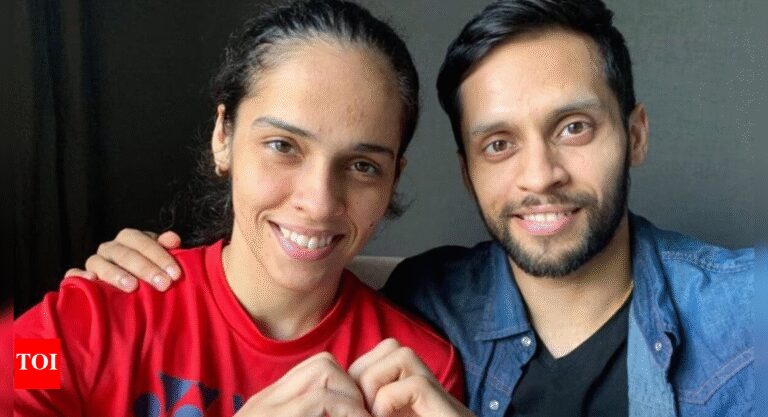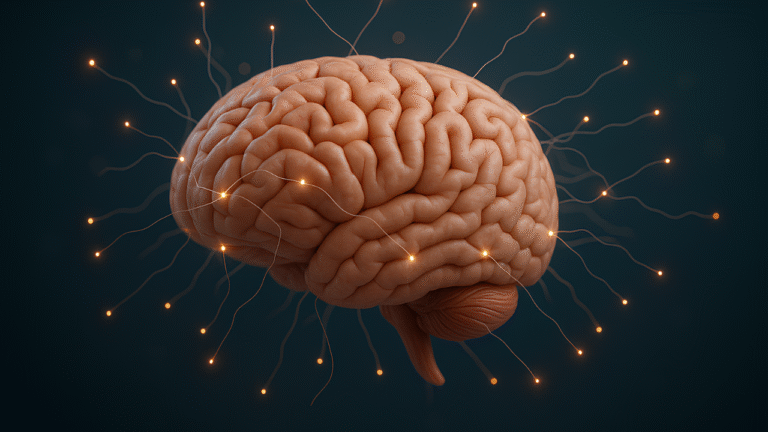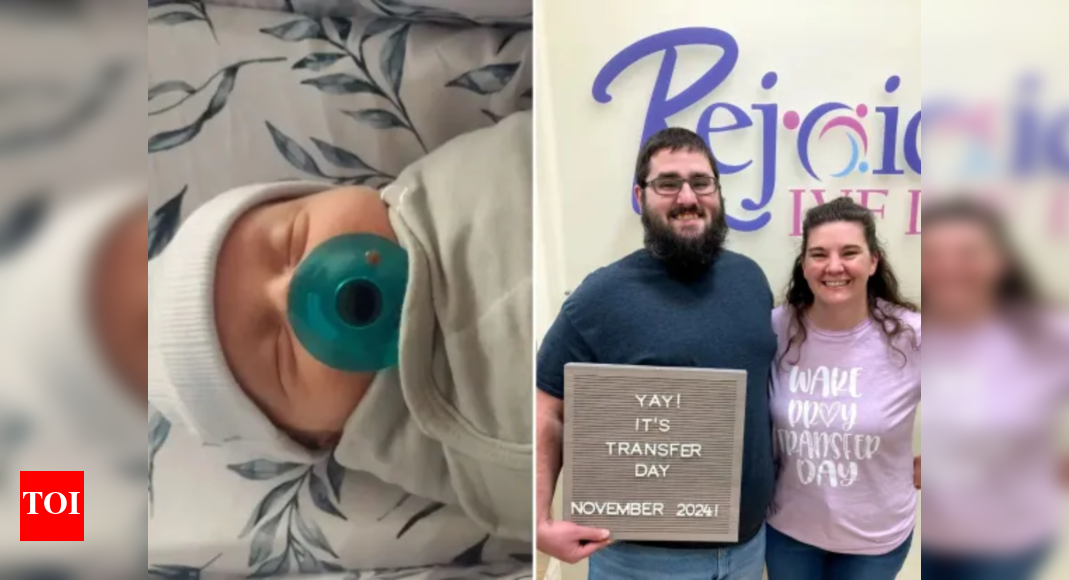
A little boy named Thaddeus Daniel Pierce has made medical history simply by being born. He wasn’t just any baby, Thaddeus came from an embryo created over 30 years ago, back in 1994. Born on July 26, 2024, in Ohio, this tiny miracle is now believed to be the world’s “oldest” baby, not in age, but in origin.In the early ‘90s, Linda Archerd had been trying to have a child for six long years. IVF (in vitro fertilisation) was a relatively new and generally misunderstood option back then. Still, she gave it a try and ended up with four embryos. One brought her a baby girl. The remaining three were cryopreserved and stored in a tank, tiny hopes frozen in time.Decades passed. Linda’s daughter grew up, had her own child, and Linda herself entered menopause. But the embryos stayed put, carefully preserved in cold storage, each year costing her around $1,000.
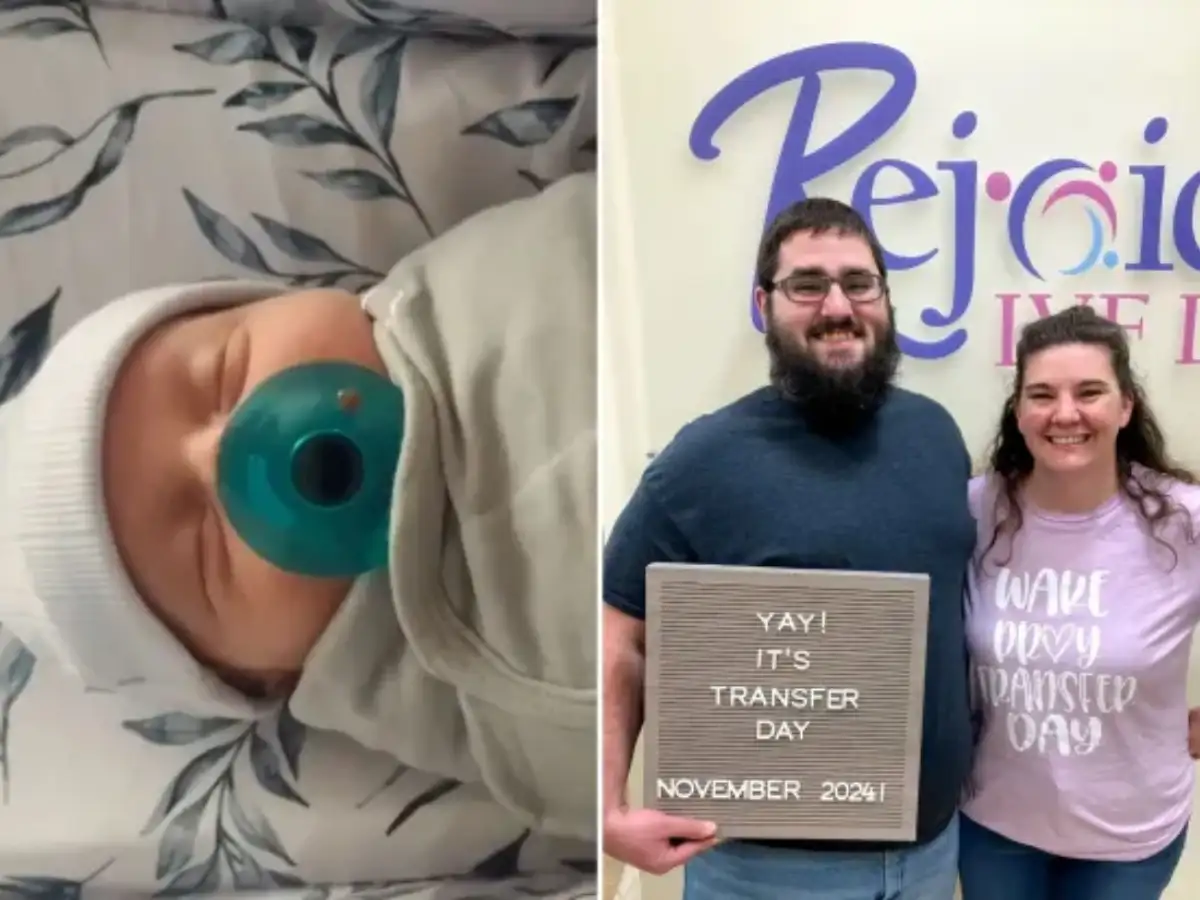
Why these embryos weren’t forgotten
Linda didn’t want to discard the embryos or donate them to anonymous families or research. To her, they were deeply personal, DNA siblings to her daughter. She called them “my three little hopes.” So, even as time passed, she looked for a path that would feel right.Eventually, she discovered a program called Snowflakes, which facilitates embryo adoption in a way that lets both parties remain in contact. For Linda, who is Christian, this model offered the emotional clarity she needed; she could choose the parents, meet them, and someday, maybe even meet the baby.
The Pierce family: Hope after years of struggles
Tim and Lindsey Pierce, a couple from Ohio, had been trying for a baby for seven years. Their journey was filled with multiple doctor visits and disappointment. While researching traditional child adoption, Lindsey stumbled upon the Snowflakes program, and something about it clicked.The couple had no restrictions, they were open to receiving any embryo, regardless of age or background. And that’s how they were matched with Linda’s embryos, created long before either of them had even finished school.
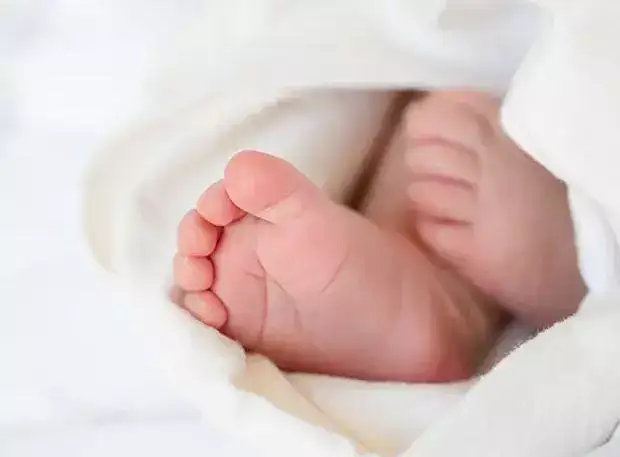
Representative image
Reviving a 30-year-old embryo isn’t as easy as warming it up. In the early days of IVF, embryos were slow-frozen, which often created ice crystals that could harm the cells. Today, vitrification, a faster and safer method, is preferred.Thaddeus’s embryo was stored in a plastic vial using the older technique. Thawing it was tricky. Sarah Atkinson, the embryologist at Rejoice Fertility, had to use specialised tools, protective gear, and intense precision to avoid damage. Despite all odds, all three embryos survived the thaw, a near-miracle in scientific terms.Two embryos were transferred to Lindsey’s uterus. One continued to grow and became baby Thaddeus. His genetic mother, Linda, was overjoyed. She saw photos of the baby and couldn’t help but notice the resemblance to her own daughter as a newborn.There’s no official meeting planned yet between Linda and baby Thaddeus, but she calls the thought of meeting him “a dream come true.”While Thaddeus’s arrival is extraordinary, he joins a small but fascinating group of babies born under truly unique circumstances. In India, a 74-year-old woman named Erramatti Mangayamma gave birth to twin girls through IVF in 2019, making headlines as the world’s oldest new mother. In Greece, a baby was born in 2019 using a groundbreaking technique called maternal spindle transfer, which involved DNA from three people, two women and a man, to help overcome fertility issues. These stories, like Thaddeus’s, show how science continues to reshape the boundaries of what’s possible in the world of birth and parenting.Disclaimer: This article is based on facts reported by MIT Technology Review and is written purely for educational and awareness purposes. It does not endorse or promote any medical practice or religious viewpoint.

